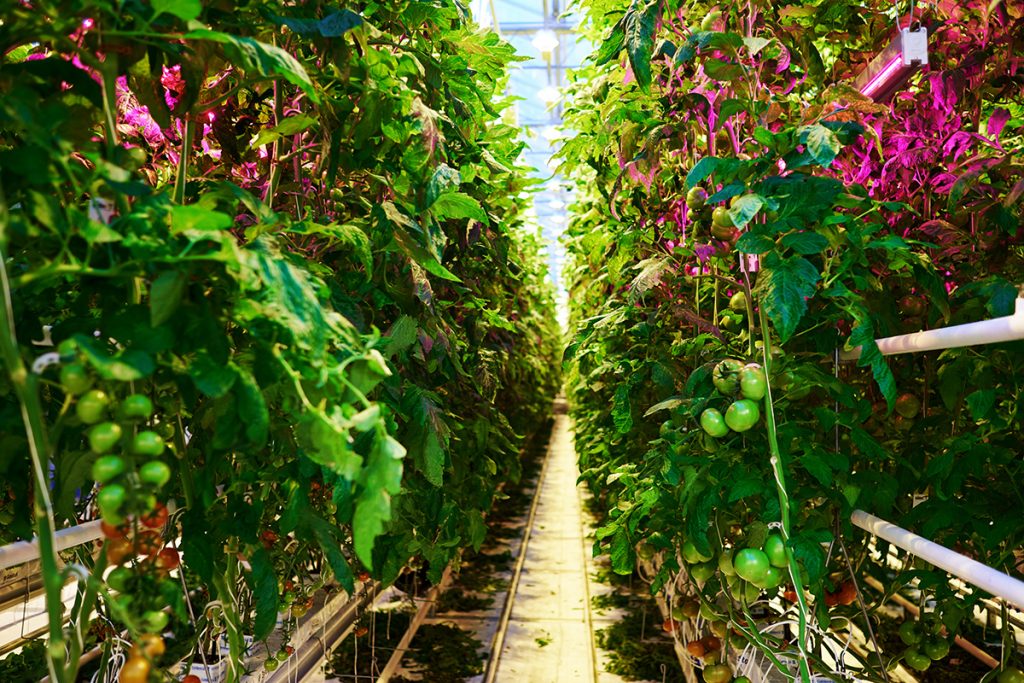Artificial lighting in the horticultural field : LED versus HPS
Indoor horticulture is constantly evolving. The technological advances in plants lighting continues to grow, horticultural LED lamps, too, continue to improve and prove to be of great competitiveness.
But what are the differences between LED horticultural lamps and HPS?

Culture under HPS lamp:
Invented during the 1930s, HPS lamps (High Pressure Sodium) are a must in the field of indoor horticulture.
Being the first on the market, HPS lamps would not met any competition.
The power that emanates from the beams of the HPS bulbs often contributes to very dense flowering and high yields.
For a long time, a standard model of cultivation, and for the time being they cost considerably less than the horticultural LED lamps and generate a luminosity suitable for good plant growth.
Although they are less expensive to buy, these bulbs quickly increase the power consumption. As their life span is limited by approximately 12 months, the HPS lamp requires its user to have to renew his purchase every year in their lifetime.
Moreover, the use of these lamps requires the installation of a transformer or an adapted ballast in order to channel the intensity of the electric current and to secure the culture.
Sodium, combined with xenon and mercury, emits a spectrum that gives a brightness that varies between orange and white creating a strong heat. Regular and sufficient ventilation must therefore be ensured, so that the temperature of the growing space does not exceed 30 ° C, especially if the space is small. The use of fans and extractors is strongly recommended for this type of installation.
Cultivation under horticultural LED lamps:
Since their appearance (1962) horticultural LED lamps have come a long way in indoor horticulture in order to compete with the power of HPS lamps. Today, thanks to technological advances, these lamps are able to mimic sunlight with as much intensity as HPS lamps, while producing a range of luminous spectra of varied colors.
The blue light opens the stomata that allow the gas exchanges between the plant and the ambient air and therefore accelerates its metabolism. A high level of blue light intensifies growth and development, while red light will further stimulate chlorophyll A, which concentrates solar energy into sugar. The LED panels are designed so that the light spectrum is absorbed 100% by the plant as soon as the lamp is on.
The use of light-emitting diode lamps produces little heat, so it is no longer necessary to install ventilation as expensive as with an HPS system, while consuming little energy. In terms of light penetration capability, LED beams emit a lower beam at depth but in total adequacy with the maturation process of the terpenes contained in the plant.
horticultural LED lamps can be expensive to invest but have a high degree of autonomy (between 20,000 and 50,000 hours) and embody an economic and reliable dynamic.

The Horticoled team can accompany you in all your project culture. From simple greenhouse cultivation, to automated multi-layer cultivation according to your farming goals and budgets.




